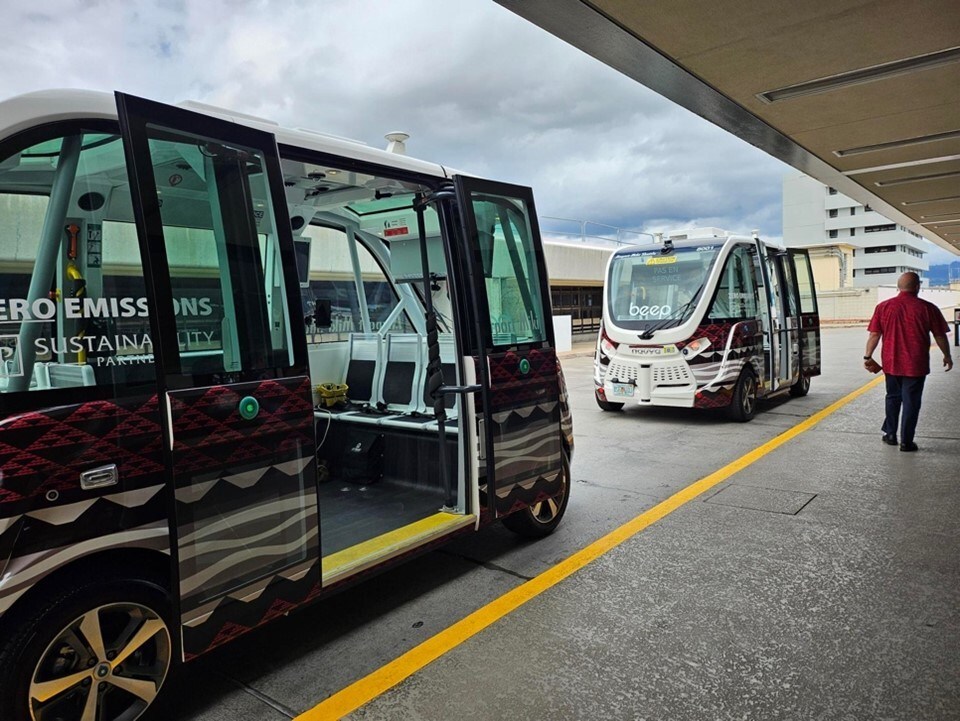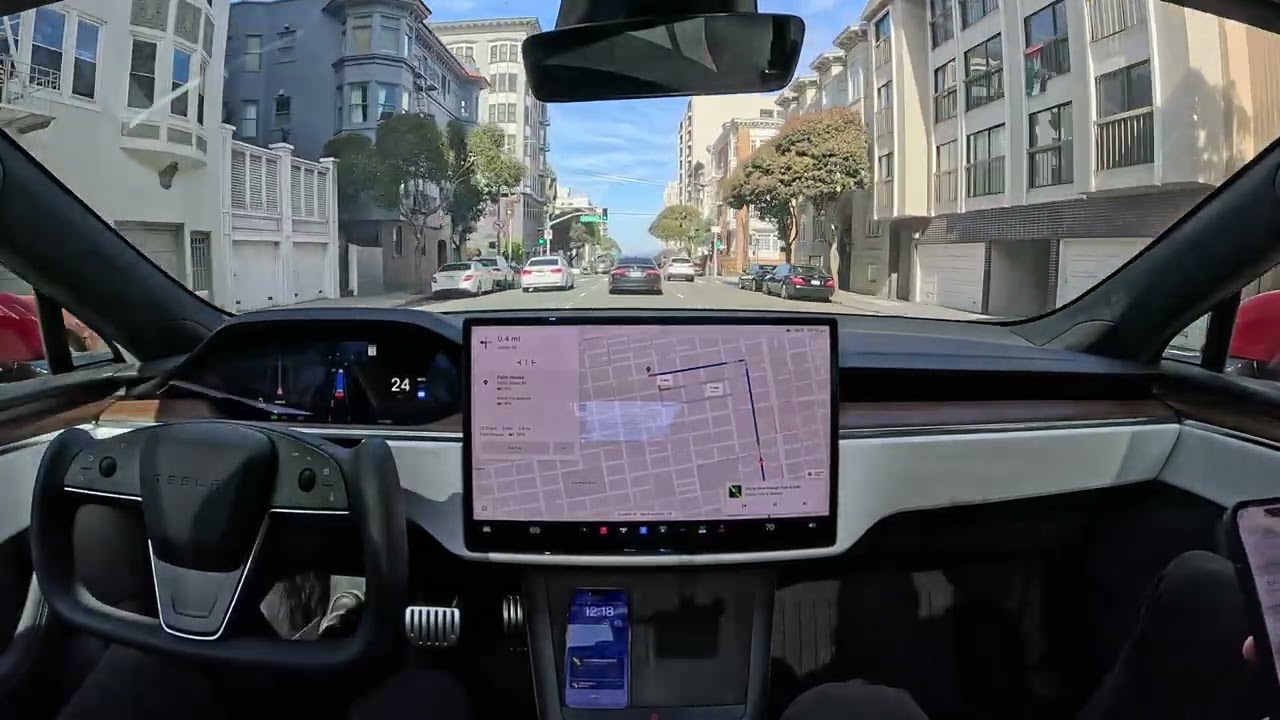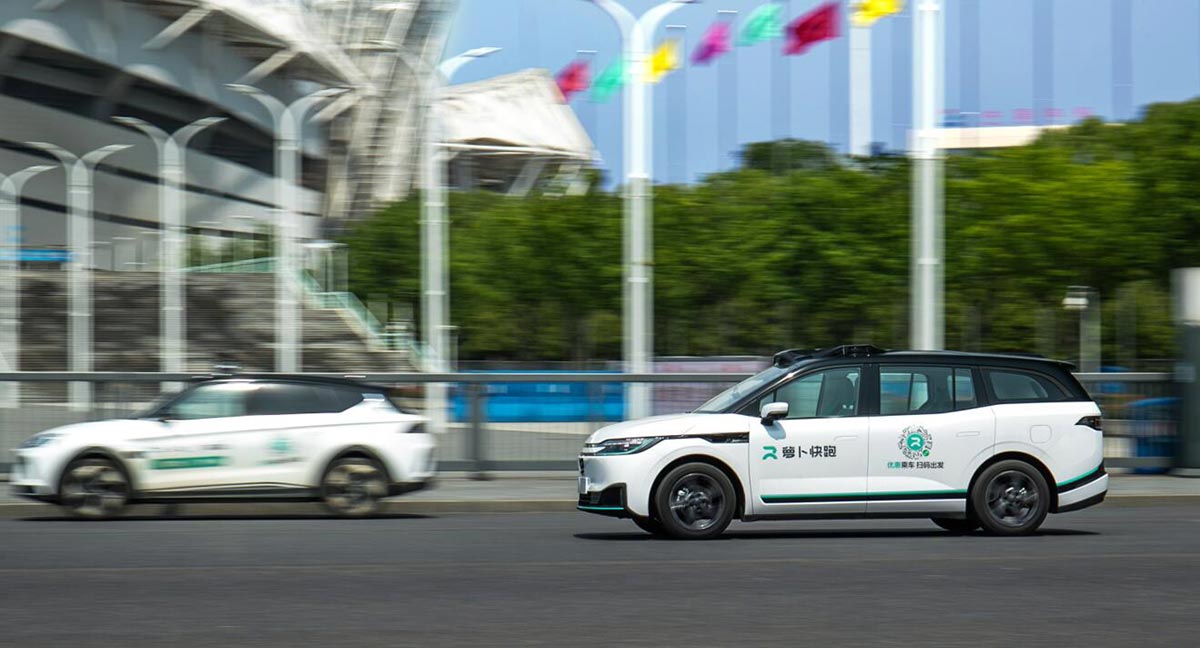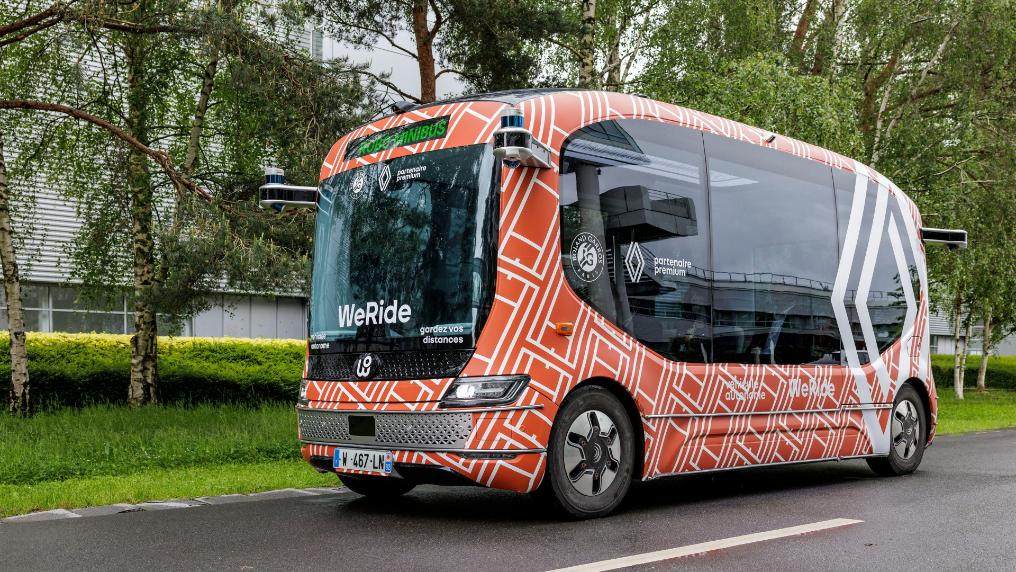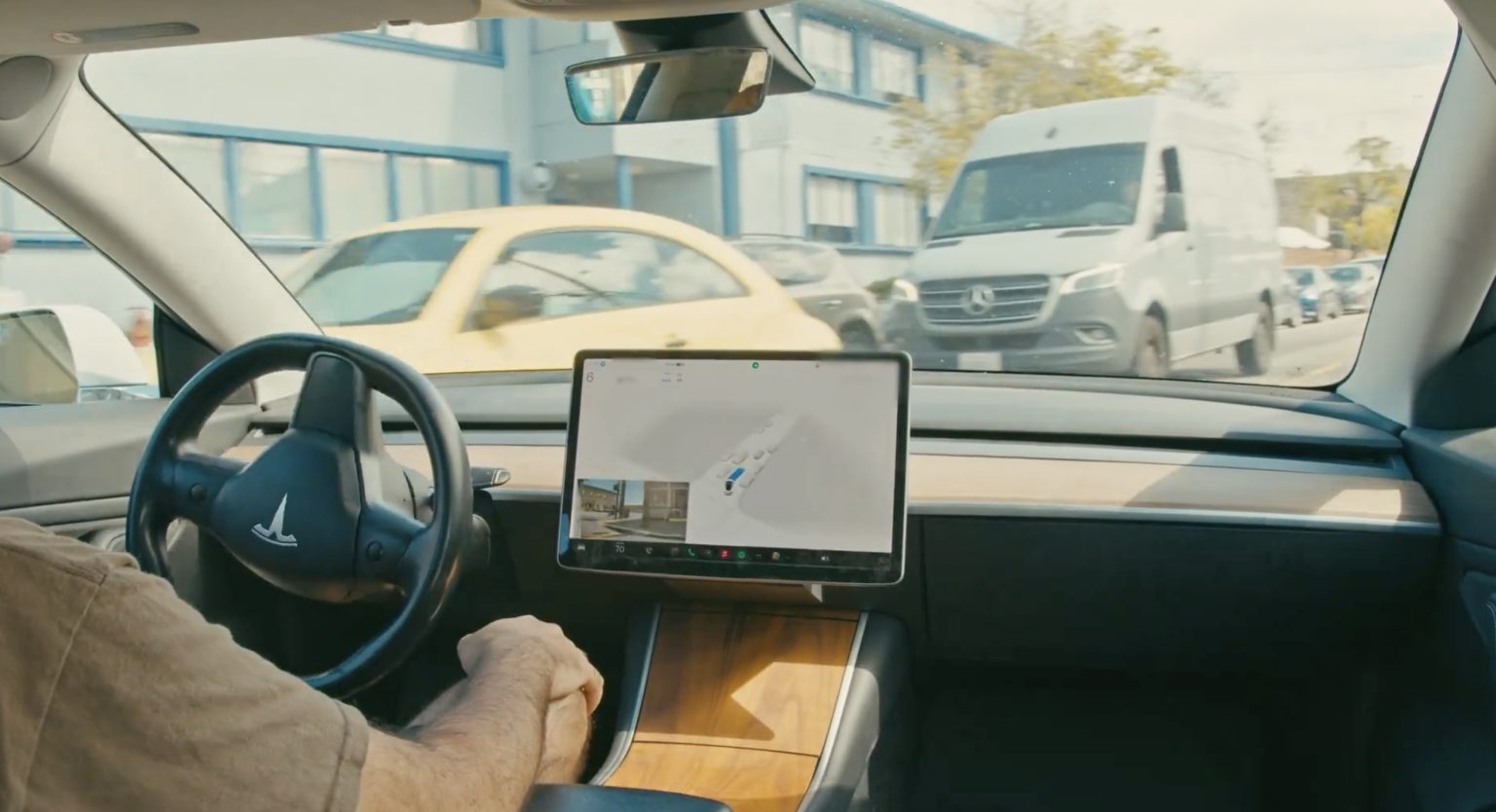A new chapter in airport transportation has commenced at Daniel K. Inouye International Airport in Honolulu, Hawaii, with the launch of an 18-month trial featuring self-driving shuttles. This pioneering project, a collaboration between Beep, the Hawaii Department of Transportation (HDOT), and infrastructure specialist Sustainability Partners, marks a significant step forward in autonomous vehicle (AV) deployment.
Four electric, autonomous shuttles, including one named Miki, inspired by the Hawaiian term for “agile,” will ferry travelers around the airport. Each shuttle, equipped to accommodate 11 passengers and a human safety attendant, will operate alongside the airport’s existing Wiki Wiki bus service.
“While Miki drives itself, the attendant will be on board on all journeys to take control of the driving if required,” Beep CEO Joe Moye explained. The shuttles, designed and manufactured by French company Navya, are equipped with advanced technologies including lidar sensors, radar, GNSS (Global Navigation Satellite Systems), and cameras to enable autonomous operation.
Operating between C and G gates and Terminals 1 and 2, the Miki shuttles will operate daily from 6 a.m. to 10 p.m., mirroring the schedule of the Wiki Wiki buses. They are also ADA-accessible and can accommodate one wheelchair, operating at a maximum speed of 10 miles per hour.
Commenting on the initiative, Joe Moye remarked, “Our fleet of turnkey shared and electric autonomous shuttles prioritizes safety and sustainability while enhancing the airport travel experience for passengers.” He added, “As Beep continues to pioneer innovative partnerships with airports nationwide, this inaugural test program showcases the emerging potential of advanced solutions that can augment existing transport options everywhere, unveiling a new era of seamless, efficient passenger mobility.”
The HDOT views this trial as an opportunity to evaluate the efficiency of transportation at the airport and across Hawaii. Beep, known for its AV deployments in various U.S. locations, views this project as a significant step towards transforming the future of airport transportation.

